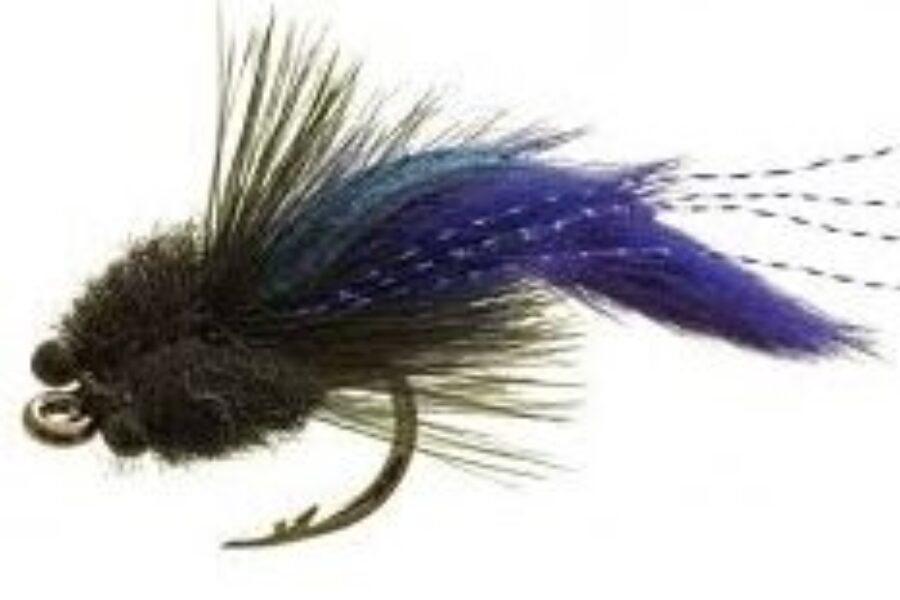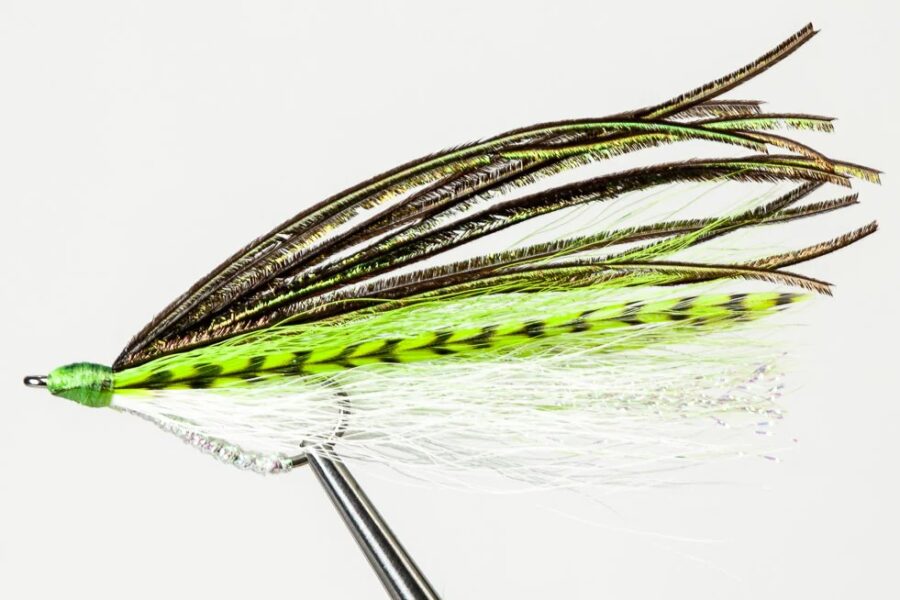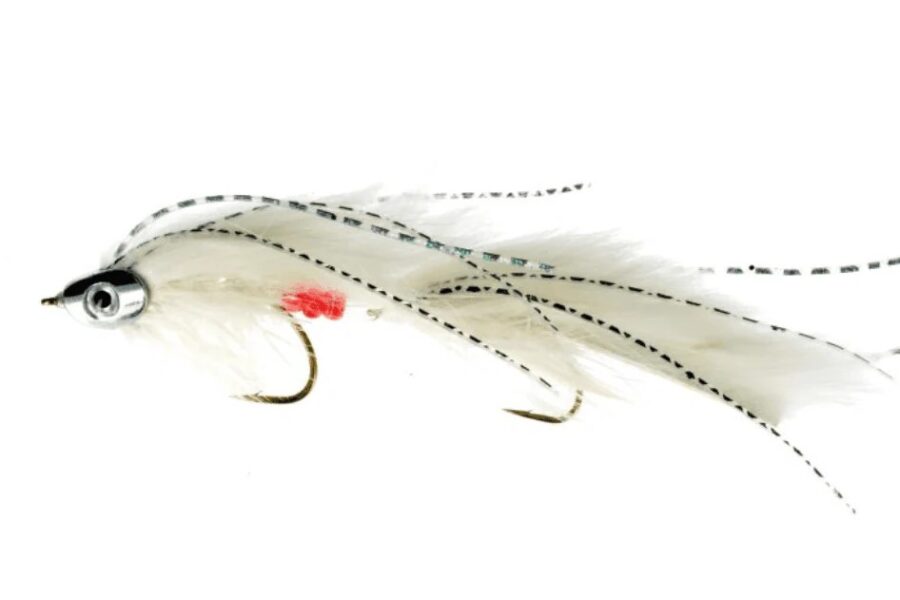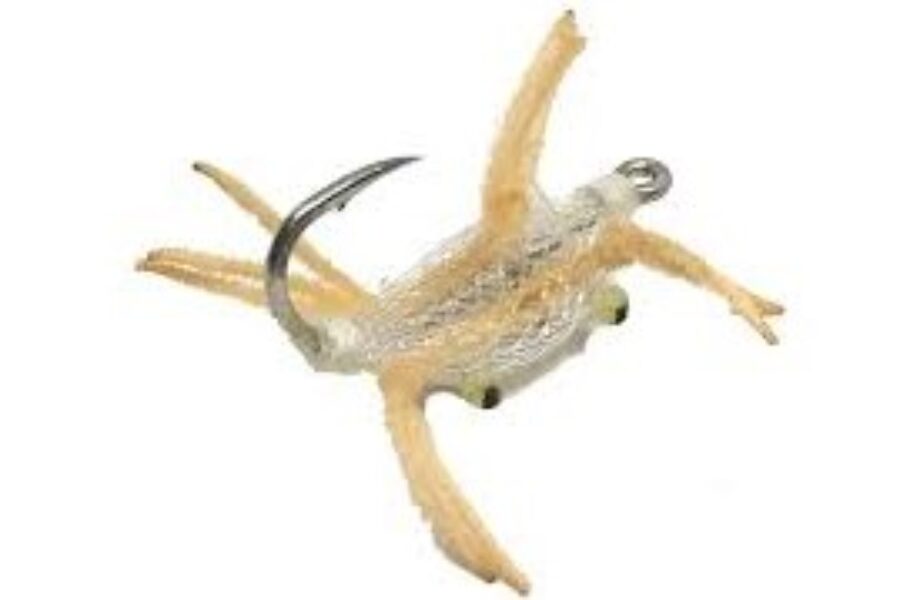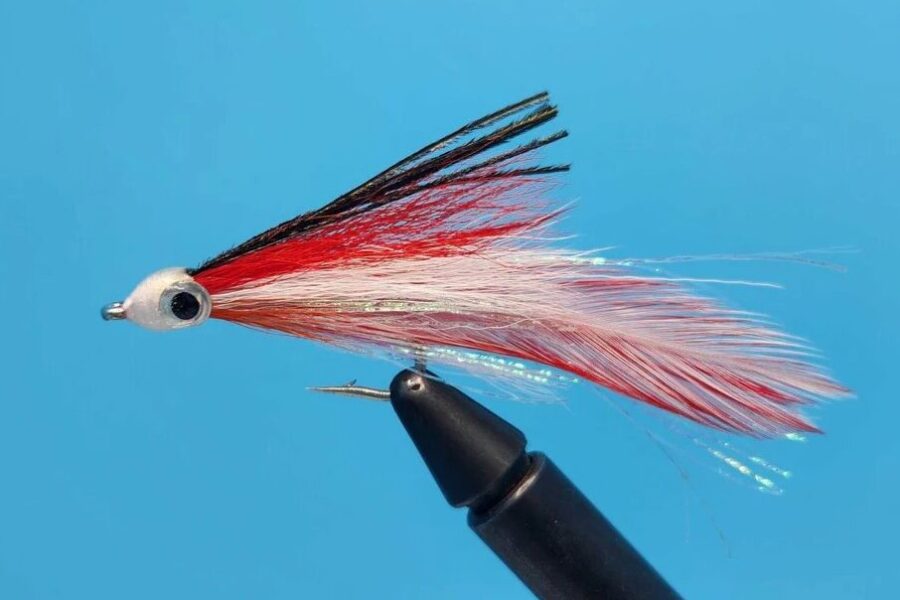How To Get Started With Deep-Sea Fishing Comprehensive Guide
Deep-sea fishing can be an exhilarating adventure that creates lasting memories with your loved ones. Whether you’re dreaming of landing that trophy fish or simply wanting to bring home an impressive catch of the day, success requires proper preparation, knowledge, and practice. This guide will walk you through the essential elements of deep-sea fishing to help you get started.
Essential Equipment and Preparation
The foundation of successful fishing begins with proper equipment. The most crucial element is having a sharp, quality hook. A properly sharpened hook ensures that your catch remains secured as you reel it in. To test your hook’s sharpness, try scratching it gently across your fingernail – if it leaves a clear mark, it’s ready for use. If not, either sharpen it immediately or replace it with a new one.
When selecting fishing rods, invest in quality rather than quantity. A high-quality rod might seem expensive initially, but it will outlast and outperform multiple lower-quality alternatives, ultimately saving you money and improving your fishing experience. Consider factors such as rod length, power, and action based on your target species and fishing conditions.
Seasonal Considerations and Techniques
Winter fishing requires special attention to equipment and technique. Using sinkers becomes particularly important during colder months, as fish often move to deeper waters. The number and size of sinkers should be adjusted according to water depth and current conditions. This helps maintain proper bait presentation and increases your chances of a successful catch.
Bait Selection and Presentation
Artificial bait selection can significantly impact your success rate. If you’ve been fishing for a while without any bites, consider changing the color or style of your lure. Fish can become intrigued by brighter colors or unfamiliar shades, potentially leading to more catches. For specific species like smallmouth bass and walleye, live bait such as leeches can be particularly effective. When using leeches, store them in a plastic or Styrofoam container with a small amount of water to keep them alive and active. While artificial bait selection is crucial, there’s another dimension of deep-sea fishing that skilled anglers master: the art of saltwater fly fishing.
The Art of Saltwater Fly Selection
Selecting the right saltwater flies can make the difference between an exceptional catch and a quiet day on the water. These specialized fishing tools combine artistry with functionality, designed to mimic the natural prey that gamefish actively pursue in marine environments. The best saltwater flies incorporate materials that maintain their action and profile even after hours in salt water, proving both durable and irresistible to target species.
Color patterns play a vital role in saltwater fly selection, with effectiveness varying based on water clarity, depth, and lighting conditions. During bright, clear days, flies with pearl or light-reflecting materials can create the flash that triggers aggressive strikes. In murky waters or overcast conditions, darker profiles often prove more effective by creating stronger silhouettes that fish can track.
Size selection of saltwater flies follows a fundamental principle: match the prevalent baitfish or prey in your fishing area. While larger flies can attract trophy-sized fish, they shouldn’t be your only option. Carrying a range of sizes allows you to adapt to changing conditions and feeding patterns throughout your fishing session.
Movement characteristics are equally crucial when choosing saltwater flies. The best designs create lifelike action with minimal effort, allowing for various retrieve speeds while maintaining an enticing swimming motion. This natural movement triggers predatory instincts, especially in areas where gamefish actively feed.
The construction quality of saltwater flies deserves special attention. Superior ties maintain their form and action even after multiple strikes, with materials chosen specifically for their ability to withstand harsh marine conditions. Premium saltwater flies feature reinforced construction at key stress points, ensuring they continue performing cast after cast.
Strategic fly selection should also consider the feeding zone where you’ll be fishing. Surface flies work brilliantly during dawn and dusk feeding periods, while deeper-running patterns prove essential during midday hours when fish typically move to cooler depths. Having a versatile selection allows you to effectively cover the entire water column.
One often overlooked aspect of saltwater fly selection is the hook quality. The best saltwater flies incorporate corrosion-resistant hooks designed specifically for marine environments, ensuring durability and maintaining sharpness even after extended use in salt water.
Handling Your Catch
While selecting the right flies is crucial for success,proper fish handling is crucial for both the catch’s preservation and potential release. Before handling any fish, wet your hands thoroughly. This prevents damage to the fish’s protective slime coating, which is essential for their survival if you plan to release them. When using a net, guide the fish in headfirst to minimize stress and potential injury to both you and the fish. Remember that nets should only be used when absolutely necessary.
Weather and Environmental Awareness
Wind conditions play a crucial role in fishing success. Understanding how to cast into the wind can improve your presentation and increase your chances of a catch. However, in very strong winds, fish often retreat to deeper waters, making them more challenging to reach. Pay attention to weather patterns and plan your fishing spots accordingly.
Safety and Comfort
Seasickness can quickly turn an exciting fishing trip into an unpleasant experience. Consider using sea sickness prevention methods such as wrist bands or medication before heading out. Staying properly hydrated is equally important – bring plenty of water and drink regularly, even if you don’t feel thirsty. Dehydration can be dangerous on the water, potentially leading to dizziness or worse conditions that could result in accidents.
Local Knowledge and Regulations
Before casting your line, take advantage of local expertise. Park rangers, postal carriers, and local fishing enthusiasts can provide valuable insights about productive fishing spots. However, always ensure you have proper permissions and permits for the water body you plan to fish. This includes checking local fishing regulations and obtaining any necessary licenses.
Practical Tips for Success
If you’re experiencing a slow period, don’t hesitate to change locations. Moving around can help you stay alert and engaged while potentially finding more active fishing spots. Consider taking a break during peak sunlight hours around noon, when fish activity often decreases. Use this time to enjoy lunch and recharge before returning to fishing when conditions improve.
For convenience, store your monofilament line efficiently and keep a line cutter readily available. When experiencing consistent bites in an area, consider upgrading to larger lures, as bigger fish are often attracted to larger bait.
Creating Lasting Memories
The ultimate reward of deep-sea fishing extends beyond the catch itself. Imagine the pride and excitement of bringing home a trophy fish for dinner, creating memories that will last a lifetime. With proper preparation, technique, and patience, you can develop the skills needed to consistently create these special moments with your family.
Remember that becoming proficient at deep-sea fishing takes time and practice. Each trip provides new learning opportunities and experiences that will help you improve your skills and increase your chances of success on future adventures.

